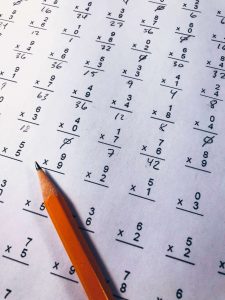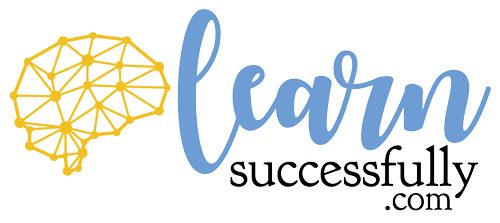
Skip counting helps the brain develop deep command of the times tables. Best of all, it can be done anywhere with no cards, books or devices!
Photo by Chris Liverani/Unsplash
Remember flash cards? My mom and Mrs. Kennedy, my second grade teacher, used them to help me memorize my multiplication facts. I must have reviewed those cards a million times: “4 x 6” on one side and the answer, “24” on the other. Over and over. It worked. I learned my times tables and when I became a teacher, guess what I used to help my own students? That’s right, flash cards. But as parents and students, we don’t always have my cards handy when we have idle time that could be put to good use cementing those multiples in our brains.
That’s where skip counting comes in. This isn’t some radical new teaching technique. Skip counting is as old as math. In our fast-paced, hi-tech world, however, it’s such a low-tech (as in no-tech) tool that it often gets overlooked.
Skip counting is simply naming the multiples of a number, ideally multiplying from 1 to 12. For example, if you’re skip counting by fives, you’d count 5, 10, 15, 20, 25, 30, 35, 40, 45, 50, 55, 60. And then back down, to five in reverse, which is important to do since it creates a deeper grasp of the multiples in the brain, giving the student a better command of the multiples.
The real beauty of skip counting, though, is that students can do it practically anywhere. They can skip count on the bus or in the van as they ride to school. Skip counting works perfectly on the swing at recess. How about skip counting while skipping rope? Absolutely. When you’re in the car for short or long trips, instead of seeing faces buried in device screens, try a few rounds of skip counting.
At the dinner table, on a walk, or before bedtime stories and prayers, skip counting fits nicely in all those places. And the best part is that every time you and your student skip count, you’re etching deeper and deeper patterns in the brain, strengthening the command of the building blocks of all mathematics — a command that will serve learners well throughout their whole lives.
